The discovery of a supermassive black hole in the young galaxy GN-z11 challenges our understanding of black hole formation. This isn’t the only mind-bending find – JWST may reveal a population of hidden black holes and reshape our view of the early universe’s dynamism.

Imagine peering into the deepest abyss of time, 13.4 billion years back to a mere 430 million years after the Big Bang. This is the incredible feat achieved by the James Webb Space Telescope (JWST), where it stumbled upon a mind-blowing discovery: a supermassive black hole residing in the heart of a young galaxy called GN-z11.
GN-z11 itself is a record-breaker, holding the title of one of the farthest and youngest galaxies ever observed. But the presence of a supermassive black hole within it throws conventional theories of galaxy formation into disarray. These monstrous black holes, millions of times more massive than our Sun, are typically thought to take eons to grow. So how did such a behemoth form in such a young galaxy?

The answer remains a mystery, but the JWST’s Near-Infrared Camera (NIRCam) provided some key clues. By analyzing the faint light and color signatures from GN-z11, scientists were able to identify patterns consistent with an accretion disk – a swirling vortex of gas and dust funneling into a hungry black hole. This feeding frenzy is believed to be the source of GN-z11’s remarkable luminosity, making it shine far brighter than expected for such a young galaxy.
This discovery challenges our understanding of black hole formation and early galaxy evolution. Here are some of the head-scratching questions astronomers are grappling with:
- How did such a massive black hole form so early in the universe’s history? Traditional theories suggest it takes a long time for black holes to grow supermassive, but GN-z11 seems to defy this notion. One possibility is that the black hole grew rapidly by devouring large clumps of gas in the young galaxy.
- What is the relationship between the black hole and star formation in GN-z11? Is the black hole’s intense feeding somehow fueling the galaxy’s starburst, or is it hindering it? Some theories suggest that black holes can regulate star formation by expelling gas through powerful jets.
- Are there more hidden monsters like this out there? The JWST’s incredible sensitivity may reveal a population of early black holes we never knew existed. This discovery could force us to re-evaluate how common these supermassive black holes are in the early universe.
A Cosmic Tug-of-War: While the black hole in GN-z11 is actively feeding, there might be another force at play. Recent studies suggest the presence of a swirling disk of primordial gas surrounding the black hole. This gas could be fuel for future star formation, but the black hole’s gravitational pull also poses a threat. It’s a delicate balance – the gas could either be consumed by the black hole or collapse to form new stars.
The JADES-GS-z13-0 Conundrum: Adding another layer of intrigue is the discovery of JADES-GS-z13-0, another incredibly distant galaxy holding the current record for the farthest spectroscopically confirmed galaxy. This galaxy, even younger than GN-z11, also appears to be actively forming stars. The existence of these early, star-forming galaxies alongside the monster black hole in GN-z11 suggests the early universe might have been a more dynamic and star-rich environment than previously thought.
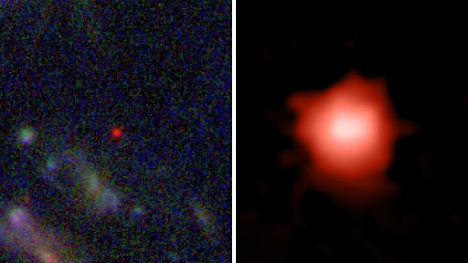
The Future of Unveiling the Cosmic Dawn: The James Webb Telescope is still in its early stages of operation, and this discovery of the supermassive black hole in GN-z11 is just the beginning. With its powerful infrared vision, JWST can peer further back in time, potentially revealing even earlier galaxies and black holes. As we continue to gather data and refine our models, we may finally unlock the secrets of how these monstrous black holes formed and co-evolved with their host galaxies in the nascent universe. This is a thrilling time for astronomy, and the JWST is leading the charge in rewriting the story of our cosmic origins.

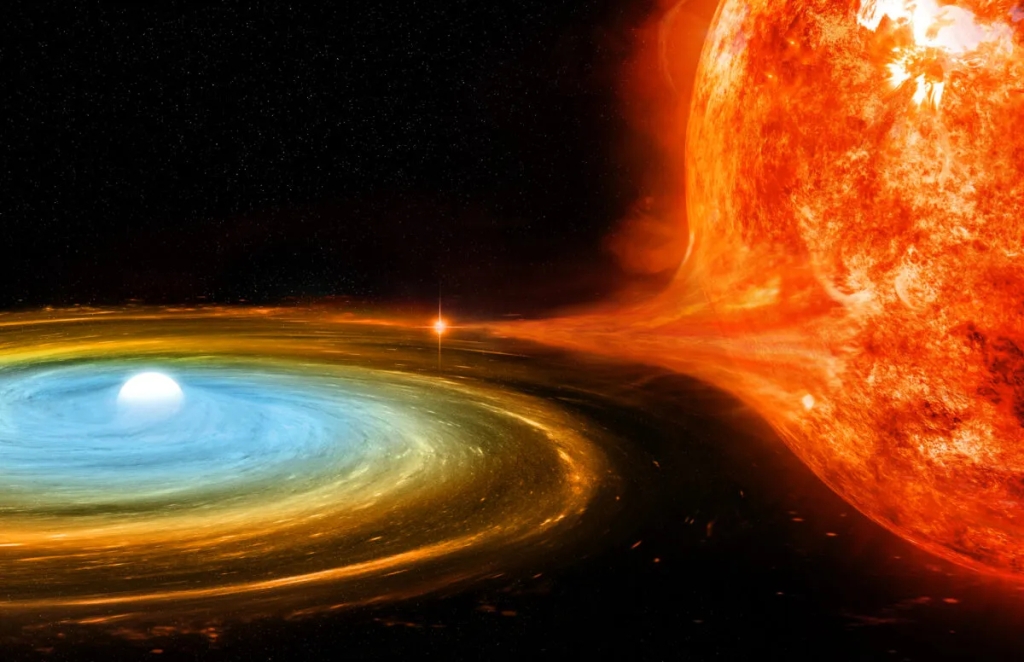
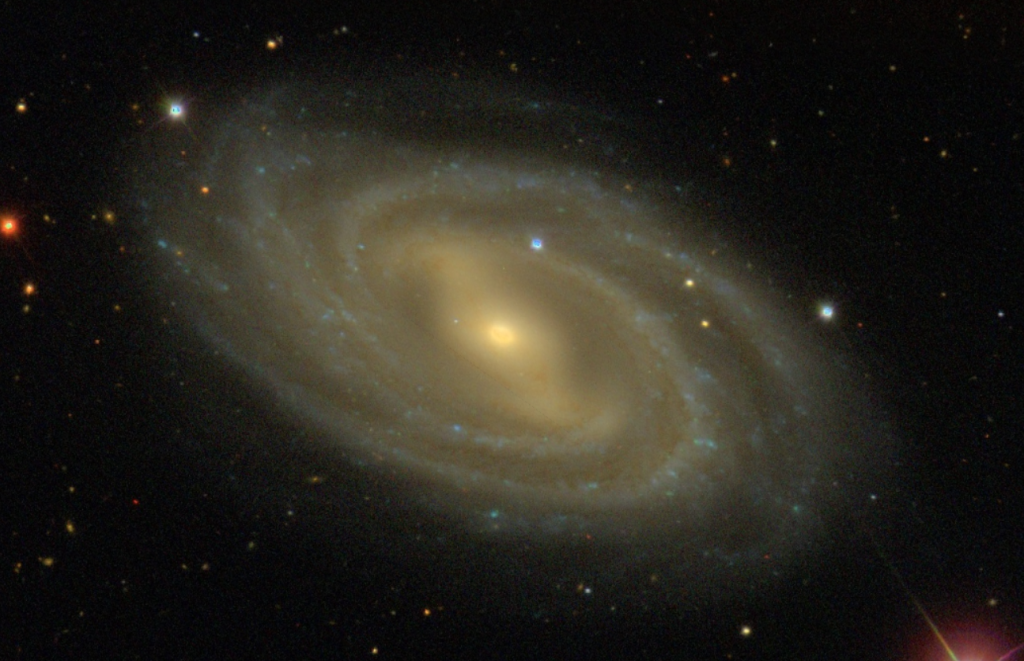
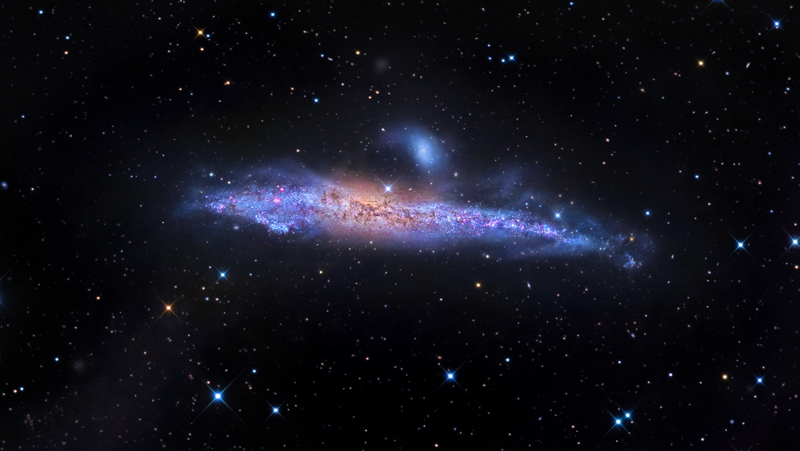
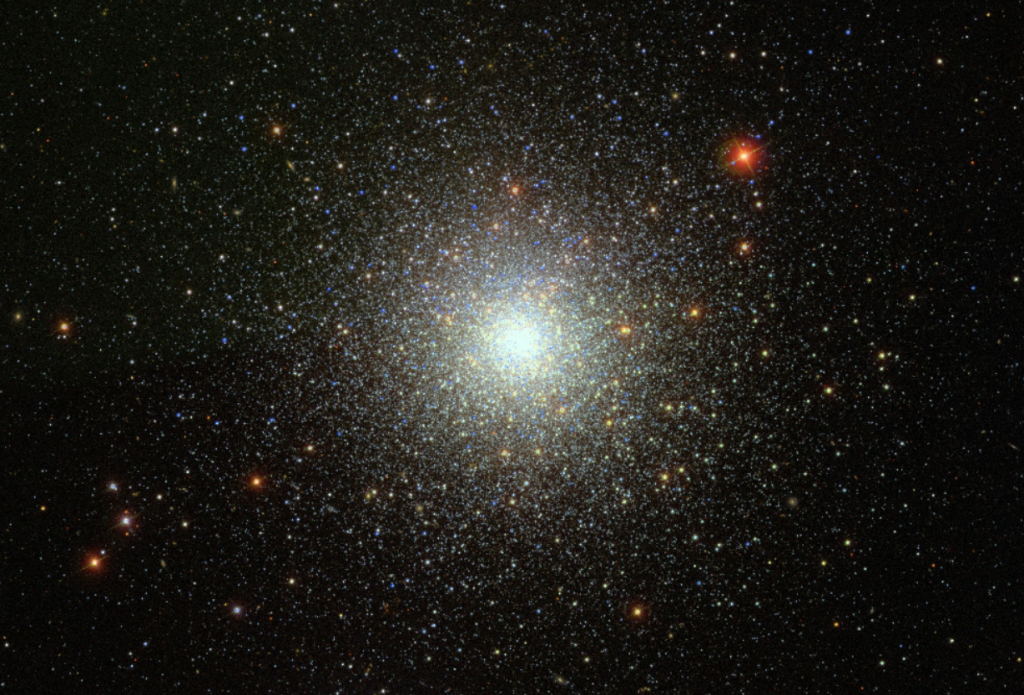
Leave a comment